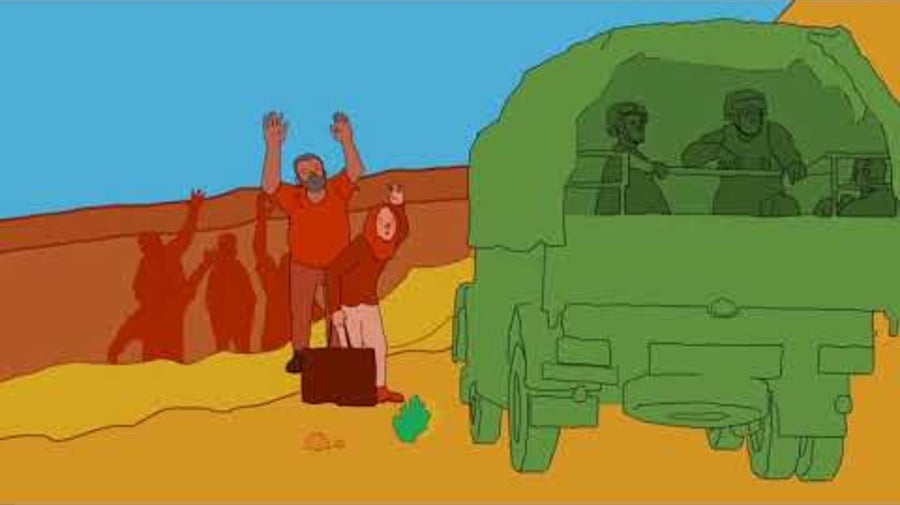Internally Displaced People
Internally Displaced People
IDPs stay within their own country and remain under the protection of its government, even if that government is the reason for their displacement. They often move to areas where it is difficult for us to deliver humanitarian assistance and as a result, these people are among the most vulnerable in the world.
Globally, there are 68.3 million internally displaced people. They account for the majority of the world's forcibly displaced population (58 per cent).
IDPs are among the most vulnerable people in the world, and many are trapped in protracted displacement for years or even decades. Uprooted from their homes and livelihoods, they often face dangerous conditions and continue to face risks even after fleeing for safety. National governments have the primary responsibility to protect and assist their displaced citizens and residents, but they may be unable or unwilling to do so.
UNHCR exists to protect and assist everyone who has been affected by forced displacement, including IDPs. We assume a coordination and operational delivery role in IDP situations to ensure protection is central to our work in order to prevent further displacement. We also provide life-saving assistance and work to identify solutions for displaced communities.


